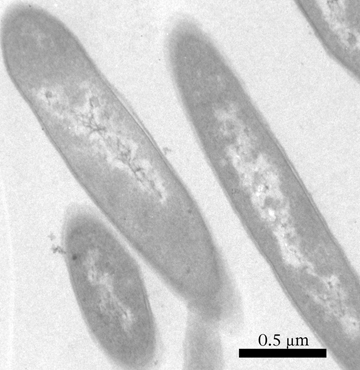Clostridium sp. OhILAs has been renamed to Alkaliphilus oremlandii OhILAs on this site on 10/17/07. Alkaliphilus oremlandii OhILAs was isolated from sediments of the Ohio River (Pittsburgh PA). It is a versatile strict anaerobic, spore-forming, low G+C gram positive bacterium that can ferment glycerol, fructose, and lactate, as well as respire arsenate and thiosulfate. It is one of four organisms that are being sequenced by the JGI as part of the "Arsenic Genome Project" to further elucidate the microbial transformation of arsenic. Although it grows optimally at pH 8.4, 16S rRNA gene sequence analysis indicated it is an Alkaliphilus species, (A. crotonoxidans 95%, A. auruminator 95%, A. metaliredigenes , 94%). Alkaliphilus oremlandii OhILAs is unique in that it can tolerate high arsenate concentrations (>40 mM) and readily degrades the organoarsenical 3-nitro-4-hydroxy benzene arsonic acid (roxarsone) within 48 hours. Thus it has great potential for use in the remediation of organoarsenicals in poultry waste and a model organism to investigate the process. References: Stolz, J.F., Perera, E., Kilonzo, B., Kail, B., Crable, B., Fisher, E., Ranganathan, M., Wormer, L., and Basu, P. 2007. Biotransformation of 3-nitro-4-hydroxybenzene arsonic acid and release of inorganic arsenic by Clostridium species. Environ. Sci. Tech. 41:818-823.Stolz, J.F., Basu, P., Santini, J.M., and Oremland, R.S. 2006. Selenium and arsenic in microbial metabolism. Annu. Rev. Microbiol. 60:107-130. |
||
|
||
Alkaliphilus oremlandii OhILAs

